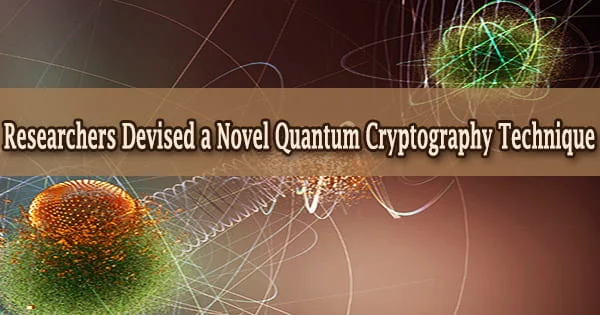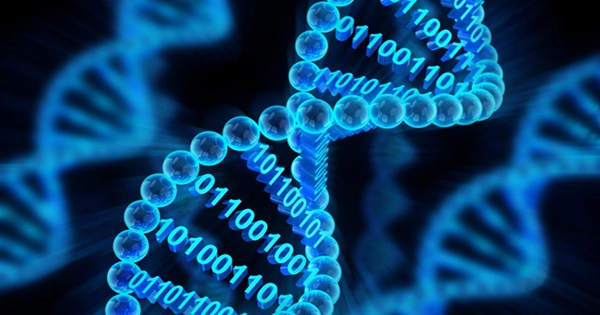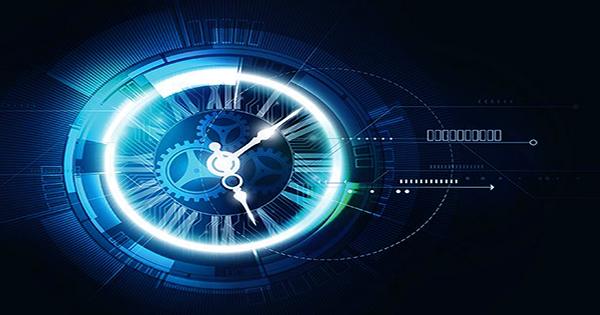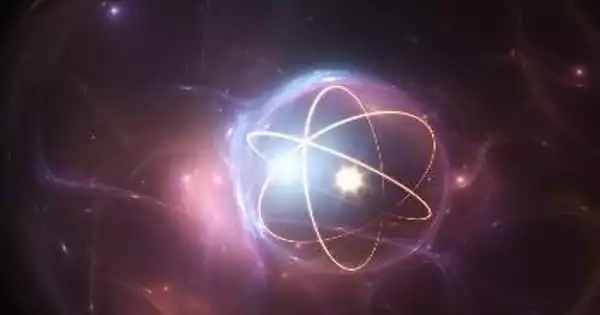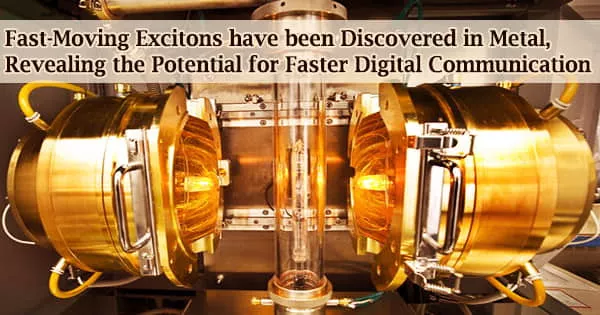Quantum cryptography is one of the most exciting quantum technologies of our time: the exact same information is created at two distinct locations, and the principles of quantum physics ensure that no third party can intercept it. This generates a code that can be used to completely encrypt data.
Prof. Marcus Huber’s team at the TU Wien’s Atomic Institute devised a new sort of quantum cryptography protocol, which has now been put to the test in collaboration with Chinese researchers: Previously, one would have employed photons that might be in two states, but the case here is more complicated: Each photon has the ability to travel eight alternative pathways. As the team has recently demonstrated, this speeds up the production of quantum cryptography keys while simultaneously making them far more resistant to interference. The findings were just published in the peer-reviewed journal Physical Review Letters.
Two states, two dimensions
“There are many different ways of using photons to transmit information,” says Marcus Huber. “Experiments frequently concentrate on the polarization of photons. For instance, whether they oscillate horizontally or vertically, or if they are in a quantum-mechanical superposition state, in which they may take on both positions at the same time. Similar to how you can describe a point on a two-dimensional plane with two coordinates, the state of the photon can be represented as a point in a two-dimensional space.”
However, a photon can convey information regardless of polarization orientation. The information regarding the route the photon is now traveling on, for example, can be used. This is exactly what has now been exploited: “A laser beam generates photon pairs in a special kind of crystal. There are eight different points in the crystal where this can happen,” explains Marcus Huber.
Each of the two photons can proceed down eight separate pathways or many paths at the same time, depending on the location at which the photon pair was produced, which is also allowed under quantum theory.
These two photons may be sent to two separate locations and analyzed there. One of the eight options is randomly chosen, but because the two photons are quantum-physically entangled, the identical outcome is obtained in both locations. No one else in the universe has access to the information that whomever is standing at the first measuring device is now detecting at the second measuring device.
Eight states, eight dimensions
“The fact that we use eight possible paths here, and not two different polarisation directions as it is usually the case, makes a big difference,” says Marcus Huber. “The range of conceivable quantum states expands dramatically. The photon can no longer be characterized as a two-dimensional point; it now has eight dimensions numerically.”
This has several advantages: First, it allows more information to be generated: A new record in entanglement-based quantum cryptography key generation has been reached at 8307 bits per second and over 2.5 bits per photon pair. Second, it can be demonstrated that this reduces the process’s susceptibility to intervention.
“With all quantum technologies, you have to deal with the problem of decoherence,” says Marcus Huber. “No quantum system can be completely free of external influences. When it comes into touch with disturbances, however, it quickly loses its quantum properties: quantum entanglements are dissolved.” Even in the face of disturbances, higher-dimensional quantum systems are less likely to lose their entanglement.
To compensate for the effects of external disturbances, advanced quantum error-correction methods can be implemented. “In the experiments, additional light was switched on in the laboratory to deliberately cause disturbances and the protocol still worked,” says Marcus Huber. “But only if we actually used eight different paths. We were able to show that with a mere two-dimensional encoding a cryptographic key can no longer be generated in this case.”
In theory, by adding more degrees of freedom or a larger number of distinct pathways, the new, quicker, and more reliable quantum cryptography protocol may be improved even further. “However, this not only increases the space of possible states, it also becomes increasingly difficult at some point to read out the states correctly,” says Marcus Huber. “We seem to have found a good compromise here, at least within the range of what is currently technically possible.”
Quantum cryptography is one of the most exciting quantum technologies of our time: the exact same information is created at two distinct locations, and the principles of quantum physics ensure that no third party can intercept it. This generates a code that can be used to completely encrypt data.
The team of Prof. Marcus Huber from the Atomic Institute of TU Wien developed a new type of quantum cryptography protocol, which has now been tested in practice in cooperation with Chinese research groups: While up to now one normally used photons that can be in two different states, the situation here is more complicated: Eight different paths can be taken by each of the photons. As the team has recently demonstrated, this speeds up the production of quantum cryptography keys while simultaneously making them far more resistant to interference. The results have now been published in the scientific journal “Physical Review Letters.”
Two states, two dimensions
“There are many different ways of using photons to transmit information,” says Marcus Huber. “Often, experiments focus on their photons’ polarisation. For example, whether they oscillate horizontally or vertically or whether they are in a quantum-mechanical superposition state in which, in a sense, they assume both states simultaneously. Similar to how you can describe a point on a two-dimensional plane with two coordinates, the state of the photon can be represented as a point in a two-dimensional space.”
However, a photon can convey information regardless of polarization orientation. The information regarding the route the photon is now traveling on, for example, can be used. This is exactly what has now been exploited: “A laser beam generates photon pairs in a special kind of crystal. There are eight different points in the crystal where this can happen,” explains Marcus Huber. Each of the two photons can proceed down eight separate pathways or many paths at the same time, depending on the location at which the photon pair was produced, which is also allowed under quantum theory.
These two photons may be sent to two separate locations and analyzed there. One of the eight options is randomly chosen, but because the two photons are quantum-physically entangled, the identical outcome is obtained in both locations. No one else in the universe has access to the information that whomever is standing at the first measuring device is now detecting at the second measuring device.
Eight states, eight dimensions
“The fact that we use eight possible paths here, and not two different polarisation directions as it is usually the case, makes a big difference,” says Marcus Huber. “The range of conceivable quantum states expands dramatically. The photon can no longer be characterized as a two-dimensional point; it now has eight dimensions numerically.”
This has several advantages: First, it allows more information to be generated: A new record in entanglement-based quantum cryptography key generation has been reached at 8307 bits per second and over 2.5 bits per photon pair. And secondly, it can be shown that this makes the process less susceptible to interference.
“With all quantum technologies, you have to deal with the problem of decoherence,” says Marcus Huber. “No quantum system can be completely free of external influences. When it comes into touch with disturbances, however, it quickly loses its quantum properties: quantum entanglements are dissolved.” Even in the face of disturbances, higher-dimensional quantum systems are less likely to lose their entanglement.
To compensate for the effects of external disturbances, advanced quantum error-correction methods can be implemented. “In the experiments, additional light was switched on in the laboratory to deliberately cause disturbances and the protocol still worked,” says Marcus Huber. “But only if we actually used eight different paths. We were able to show that with a mere two-dimensional encoding a cryptographic key can no longer be generated in this case.”
In theory, by adding more degrees of freedom or a larger number of distinct pathways, the new, quicker, and more reliable quantum cryptography protocol may be improved even further. “However, this not only increases the space of possible states, it also becomes increasingly difficult at some point to read out the states correctly,” says Marcus Huber. “We seem to have found a good compromise here, at least within the range of what is currently technically possible.”
